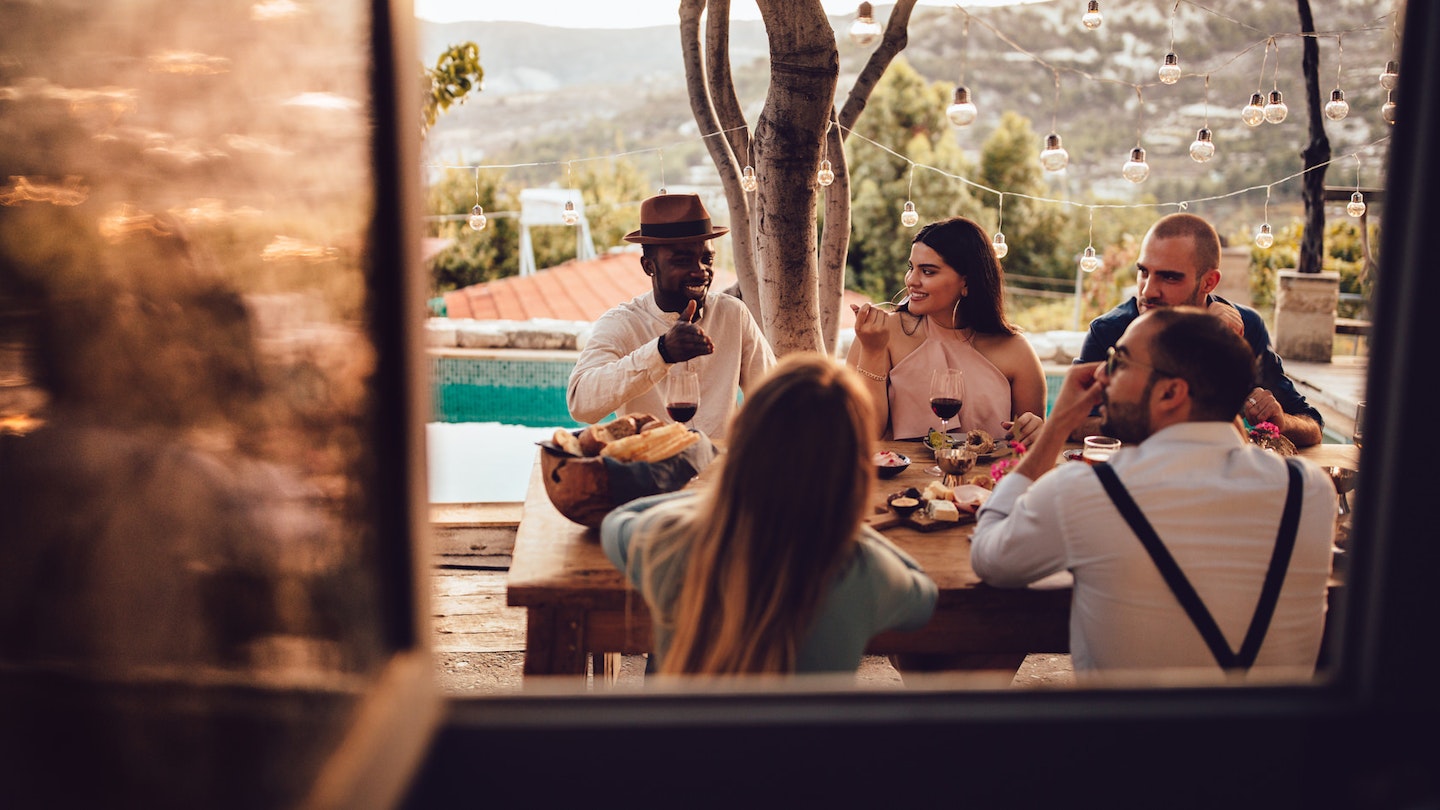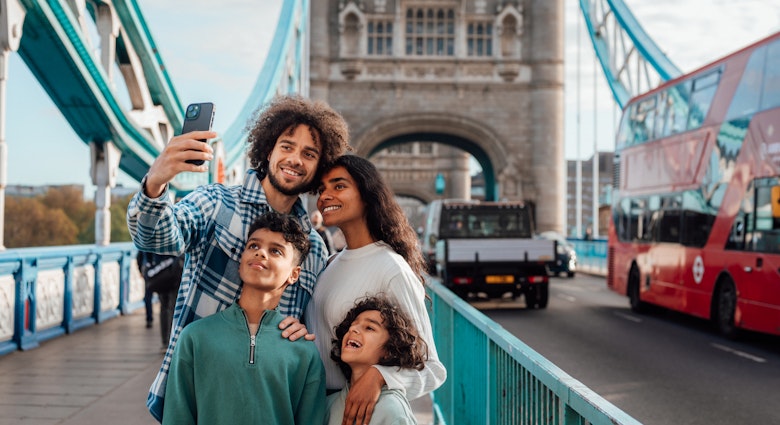Accommodation can often be the most expensive part of a holiday, so savvy travellers are always on the hunt for cost-effective solutions. Home swapping is one such approach, and while it’s a decades-old practice, it’s becoming increasingly popular as we seek out opportunities to live like a local and avail of the home comforts you miss out on in a hotel room — and at a fraction of the price of one, too.
As Airbnb comes under scrutiny for driving up rental rates, cities including Barcelona, Paris and New York are cracking down on the site and tourists may be looking for other affordable options. Here’s everything you need to know about making your first swap.

Understand the costs
No swap is completely free, but they can be a great way to cut holiday spending. To begin, you’ll need to pay membership fees for a website such as HomeExchange.com or LoveHomeSwap.com — many sites offer a free trial, after which rates vary from a $15 pay-per-night plan to an annual rate, usually around $120-$150. Once you join, you can list your property, explore available homes and contact homeowners to request swaps. If they accept, it’s up to both parties to agree on the details. In some cases, you won’t pay anything other than the membership cost, but occasionally swappers require a cleaning fee, and if it’s a long stay, you may need to negotiate utility bills.

Communication is crucial
Before confirming the swap, you’ll make contact with your exchange partner through emails and phone calls to make sure you’re both comfortable with the swap — some sites even offer an integrated translator for chatting with hosts/guests overseas. Simon Woodroffe, an entrepreneur who swaps his houseboat in Chelsea, London, through LoveHomeSwap.com, says the correspondence is part of the fun. 'I’ve made some good friends,' he says. 'Because no money is exchanging hands, there is a different atmosphere to it. People are very, very nice and not demanding, always saying, ‘thank you so much for that’, as opposed to ‘I’m paying the money, why wasn’t the water hot on Thursday?’ Ryan Wolffe, an architect who has swapped his home in Beaver Creek, Colorado, 15 times through HomeExchange.com, adds that the personal element distinguishes swapping from other home-sharing platforms: 'With Airbnb, so many times you can book without even talking to a person, and with a home exchange, you get to know the person first.'

More than one way to swap
Traditional swaps are simultaneous: you go to their home, they come to yours. But if you can’t agree on dates that suit both parties, you can arrange a non-simultaneous swap, where you visit their home at a later time. On some sites, such as HomeExchange.com, if the person doesn’t want to stay at your home but is willing to let you holiday in theirs, you can use 'guest points', collected through hosting members, referring friends and verifying your profile. During a non-simultaneous swap, the host typically stays with friends or family.
Be clear about your expectations
It’s important to communicate what is and isn’t acceptable in your home, and what you expect when staying in theirs. Make sure your property description and images are accurate, and ask lots of questions: do you need me to take the bins out/feed your pet/water the garden? It’s also worth discussing what level of cleanliness each of you anticipates on arrival and departure. Ryan typically agrees that both parties will hire a professional cleaner before the swap, and he has created a ‘how to use our home’ booklet, outlining the house rules and tips on the local area. You may want to keep one room locked for storing valuables, or move them out of the property for the swap. 'I think that’s the difference between home exchanging and Airbnb: it’s a different level of trust,' says Ryan. 'Trust that people are going to respect your home as you’ll respect theirs.'

Embrace the perks
Swappers sometimes trade cars to save on car-hire fees, but you’ll need to check that your insurance policy allows guests to drive your car, and in the case of an extra premium, discuss who will cover the cost. Simon notes that he’s even swapped friends, and has been invited to drinks with the neighbours. Amanda Starling, a stay-at-home mom from Georgia with two teenage daughters, has swapped her holiday home in Tennessee 20 times through LoveHomeSwap.com and says swaps are ideal for large groups. 'If you like to treat your mom and dad, or your kids’ friends, you have a lot more space and it’s not going to cost you any more. If you have small kids and you trade with someone who has small kids, a lot of times you’ll see ‘we have toys’ in the listing. It’s perfect,' she says.
Go further for longer
The money saved on accommodation often means that swappers can afford to travel further afield and extend their trip to really get to know the area. Simon has visited Bali, Italy, South Africa, the Bahamas and the French Alps, and usually stays for 10 days or more. 'The great secret of travelling, I reckon, especially if you’ve got time, is to go to one place and stay there. Don’t spend your whole time going from one place to the next, get to know the one place. Swapping is very, very good for that,' he says. Ryan recalls trips with his wife and 15-year-old daughter to Hawaii, Costa Rica, Puerto Rico and the Caribbean, in the latter case arranging back-to-back exchanges in Bonaire and Grenada for a full month of travel. 'It’s so much more comfortable, you feel like you want to spend more time,' he explains. 'We try to pick more exotic locations because we save the money [we would have spent] on a hotel.'

Be realistic about offers
The owner of a luxury villa on a tropical island may not be keen to swap with your suburban home, so taper your search accordingly. 'Sometimes people write to us, and they’ve got a one bedroom flat in the bad area of Venice. Do they really think we’re going to swap with them? You’ve got to be our equal,' says Simon. Ryan adds: 'It certainly helps to live in a desirable location — we live near the ski resorts, so that has definitely helped us.'
Think positive
Home swaps allow travellers to live like a local, rather than cooped up in a hotel filled with other tourists. Don’t get frustrated trying to figure the place out — that’s what makes the experience so unique. 'Look at finding the grocery store and all of that as part of the adventure,' Amanda says. She recommends being flexible about your destination, too. 'Be open to places you never thought of going. I had never heard of Rancho Santa Fe, California, when I got a swap offer from there. My girlfriends and I decided to give it a chance and we had the most wonderful time. It was a beautiful town and I never would have seen it if it weren't for the site.'
Subscribe to our Lonely Planet Kids newsletter and get 30% off your first Lonely Planet Kids book purchase.












